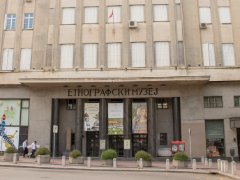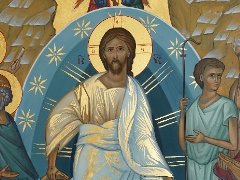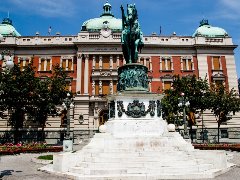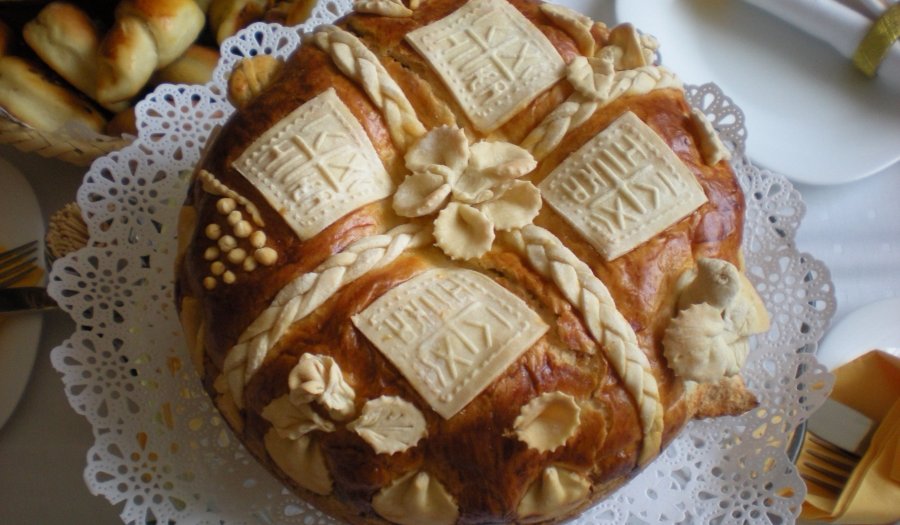
Slava - St. Patron's Day is a traditional religious custom that is celebrated once a year. It is one of the few that has survived to this day. In recent years, besides spiritual, it has received a social form and today, St. Patron's Day is the day when family and friends gather together and socialize with lots of food and drinks. Serbs are the only Christian people to celebrate St. Patron's Day. If you come from a foreign country and you are invited to St. Patron's Day, be sure to accept the invitation and meet the Serbs in a special way. You'll enjoy it.
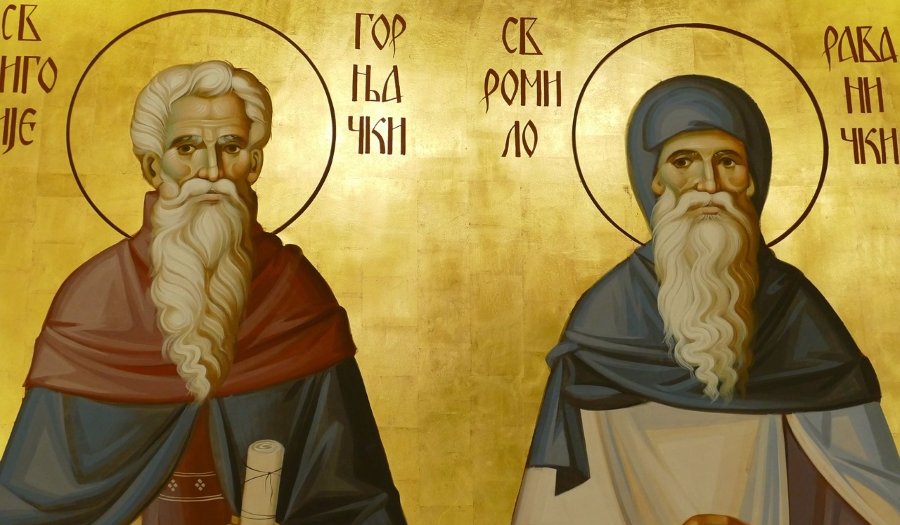
What is St. Patron's Day and how is it celebrated
St. Patron's Day is a family holiday that is passed down from generation to generation. It is a spiritual rite that celebrates the Patron Saint. By the celebration of his day, the family thanks for the prayers heard, and it is believed that only by this kind of celebration, the blessing of the Saint is obtained. The customs are different, depending on the part of Serbia. There are really many of them and they have changed through history. The foundation is always the same. The essence of St. Patron's Day is an icon of saint, wheat, slava cake, wax candle and red wine. This represents a bloodless sacrifice to the glory of the saints, the retirement of the deceased, and the health and prosperity of those who celebrate. Every city and village have its own St. Patron's Day. On that day, procession goes through the main streets and prays for the health and happiness of all inhabitants. The Serbs have a total of 78 St. Patron's Days, and the most celebrated are St. Nikola, St. Jovan, St. Luka, St. Petka, St. Djordje (Djurdjevdan and Djurdjic) and St. Mihailo (Arandjelovdan). As a unique family tradition in Serbia, slava - St. Patron's Day has been put in the Register of Intangible Cultural Heritage of Unesco.
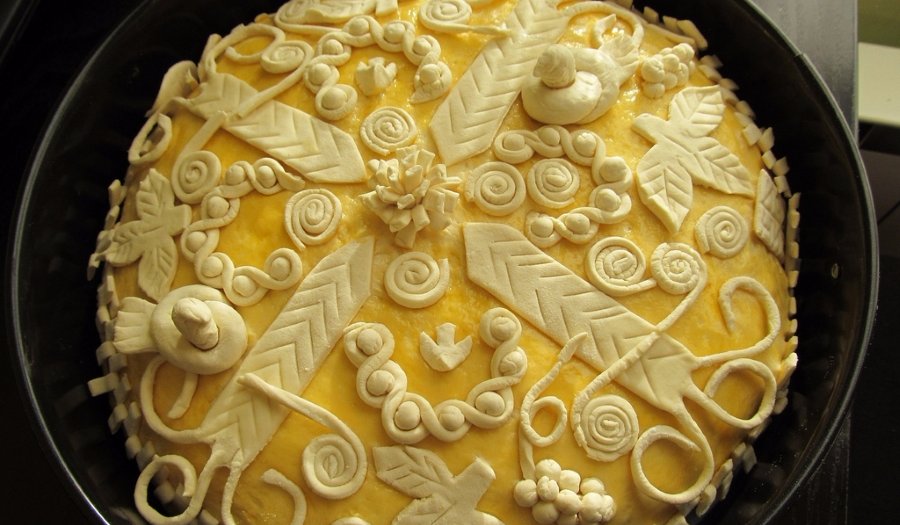
If a church fast is ongoing, the food that is prepared for slava must be according to the fast. Likewise, if slava is on Wednesday or Friday, it must also be according to the fast. Slava is celebrated for the saint, the patron of the home, he is the main host and the most important guest. According to the old customs, guests are invited only for the first time to slava - St. Patron's Day, and after that, every year the guests come alone. Also, all those who were not baptized could not be found on the list of guests in past times. Today this rule does not apply. Male heirs in the family take over slava, and women celebrate slava of the husband.
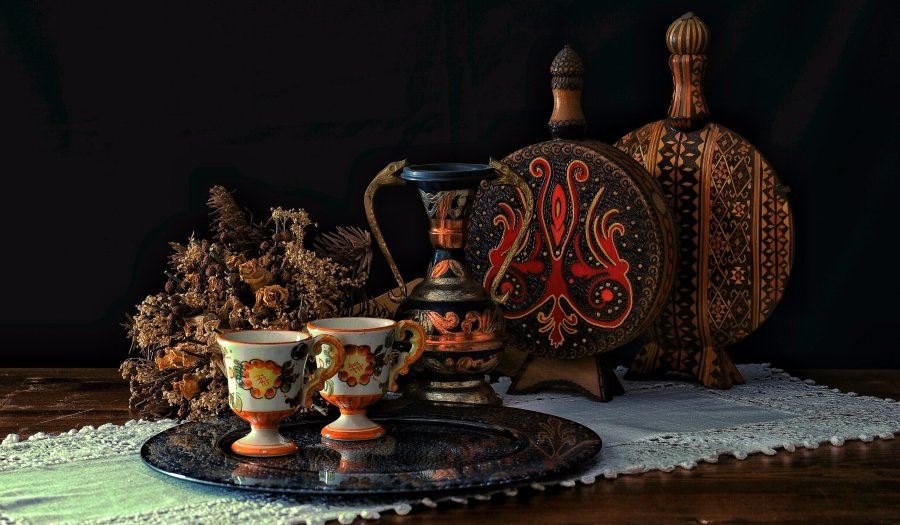
Modern society has brought new trends. Today, slava is not just a religious practice but a cause for socializing with the closest family members and dear friends. Slava is a synonym for large quantities of food and beverages. This is our reason for gatherings, excessive consumption of food and drinks. Often, the celebration of St. Patron's Day is transformed into a home party. That's why we are all "a bit" chubbier at the end of the year and ask from Santa Claus for a flat stomach. Be moderate with the fast food. The fact that there is no baking and Russian salad on the table does not mean that food is not caloric. Modern trends have brought a new habit of celebrating St. Patron's Day outside the house. In restaurants, rented spaces and similar.
What is being given as a gift for St. Patron's Day
If you ask a priest, he will tell you that St. Patron's Day is a meeting of love. The most important thing is peace and well-being, not giving gifts. In ancient times, gifts for slava were the essentials needed for the house and what was spent in preparing the celebration - coffee, sugar, wine. Homemade handicrafts such as cakes or flour are also appropriate. Nowadays, it's okay to come with a bottle of wine and dessert. The point is modesty. The guest is invited to celebrate Holy Day together with the hosts, and not to feel uncomfortable and exposed to expenses.
Since when Serbs celebrate St. Patron's Day
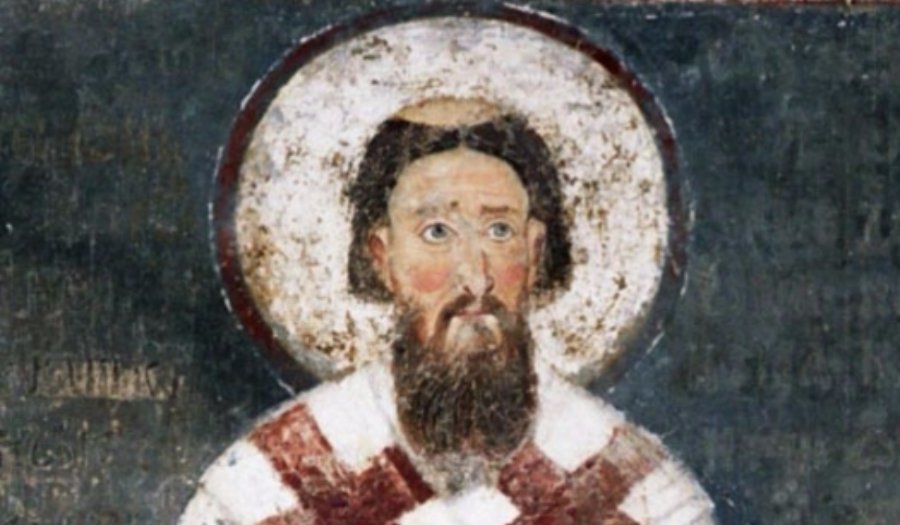
Before receiving Christianity, the Serbs were pagan and believed in several gods. St. Sava, the first Serbian archbishop, introduced the custom of celebrating St. Patron's Day and the rejection of the previous customs. Today's form was defined by the Metropolitan of Serbia, Mihailo in 1862. The concept of the St. Patron's Day was first found in the record in Ohrid in 1018. The church did not impose a choice of saints. The recommendation was to choose the one that is celebrated between autumn and spring because then, there is less work in the field. It is the only continuous Serbian tradition that the families never give up. St. Patron's Day used to be celebrated for three days. Today, most often the celebration of St. Patron's Day lasts only one day.
RELATED CONTENT
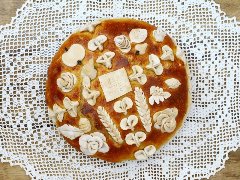
Saint Nicholas is coming and these are the customs that are observed

Top 7 monuments in Belgrade that you must see
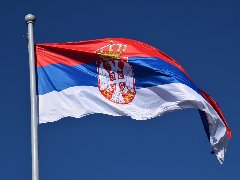
Today is Vidovdan

A small story about the great Pushkin

Taxi in Belgrade

The tourists are back in the city

Plum brandy - sljivovica inscribed on the UNESCO list

